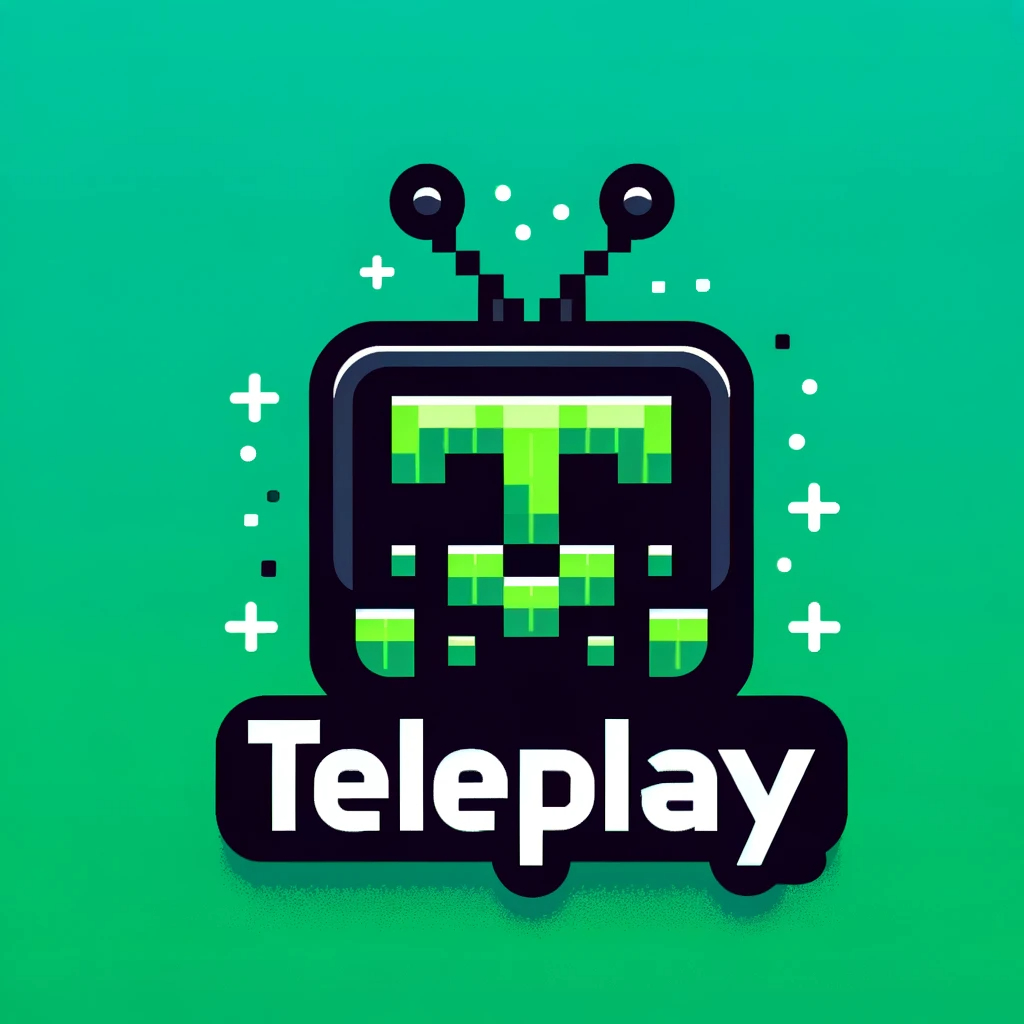317 reads
How Exactly Does Dramatron Cook Stories Up
by
May 20th, 2024
Audio Presented by

From teleplay to technology, we weave a narrative tapestry that dances between writing, CGI, and "action!"
Story's Credibility

About Author
From teleplay to technology, we weave a narrative tapestry that dances between writing, CGI, and "action!"